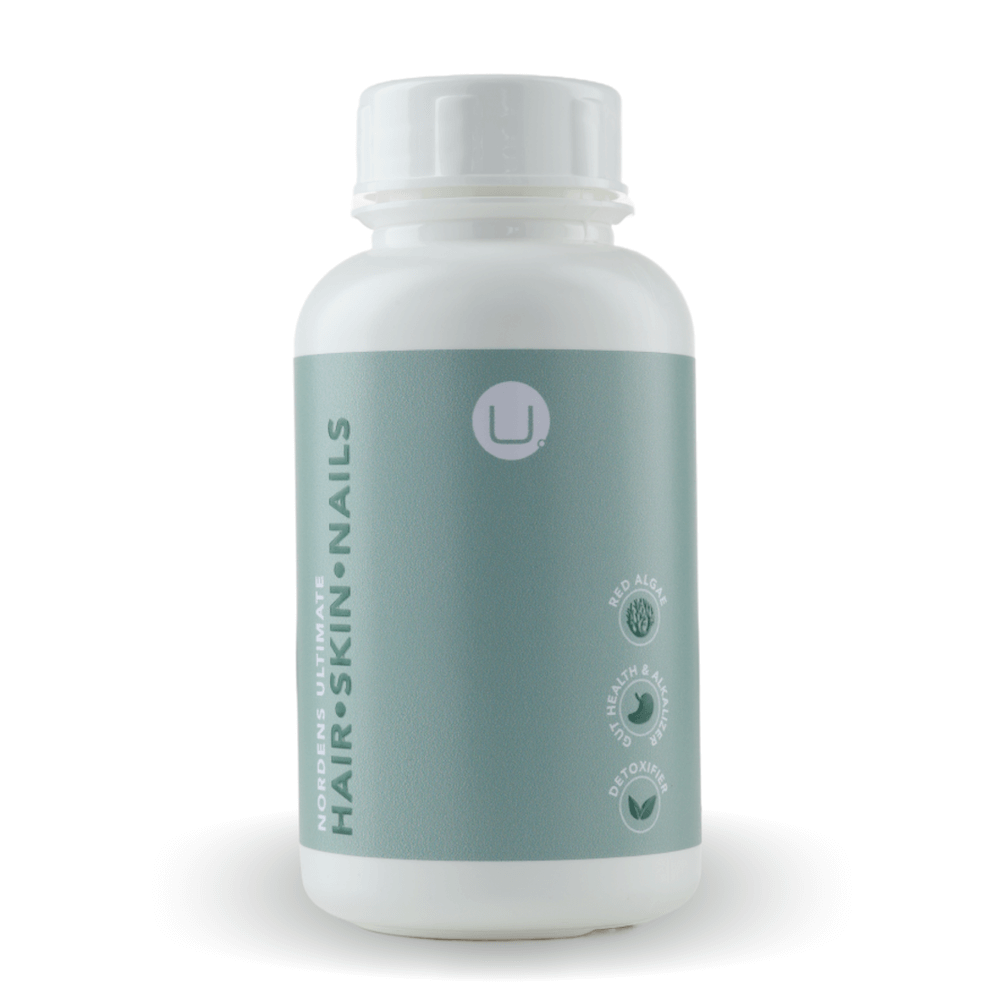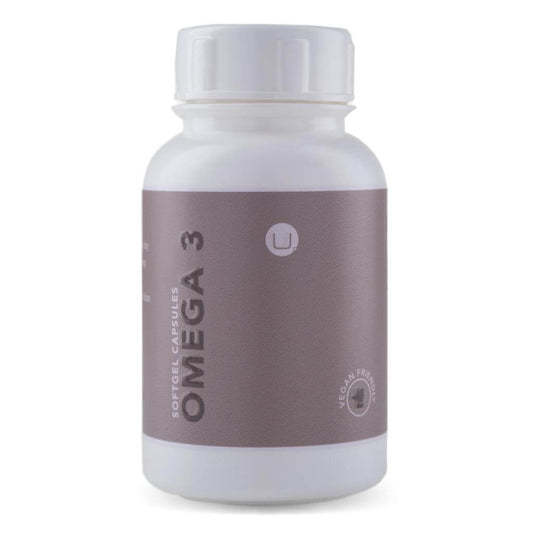In our hyper-connected world, bombarded by constant stimulation and information overload, achieving a sense of calm and focus can feel like an impossible feat. The relentless pursuit of productivity and the ever-present pressure to "be on" can leave us feeling overwhelmed, anxious, and disconnected from the present moment.
It is in these moments that the practice of mindfulness emerges as a powerful tool for navigating the complexities of modern life.
Natural Mindfulness Practice
However, the term "mindfulness" often comes shrouded in a layer of esotericism, associated with meditation retreats, specific breathing exercises, or even chanting. This perceived complexity can deter individuals from exploring its potential benefits, leading them to believe that mindfulness is reserved for a select few or requires drastic lifestyle changes.
The truth is that mindfulness is not about achieving a state of perfect zen or emptying your mind. It is a simple yet powerful practice of intentionally bringing your attention to the present moment, without judgment.
It involves cultivating awareness of your thoughts, feelings, and bodily sensations in a non-reactive manner.
Present Moment Awareness
The core principle of mindfulness lies in shifting your attention from the past or the future to the present moment. We often spend a significant amount of time ruminating on past experiences or worrying about the future, leading to feelings of anxiety, regret, or worry.
By anchoring ourselves in the present moment, we can break free from the cycle of negative thoughts and emotions and experience life with greater clarity and purpose.
We will note some practical ways to cultivate present-moment awareness, and okay, breathing in one of them. We breathe from the moment we’re born till we breathe our last but many of us do it really badly most of the time. We breathe shallowly, with short, panting breaths under stress, and some are breath-holders. It has been said that changing your breathing will change your life - and that’s just a proven fact.
-
Focus on your breath: Take a few slow, intentional breaths, feeling the rise and fall of your chest with each inhalation and exhalation. This simple act can help anchor you in the present and promote feelings of calm - try it!
If you want a really amazing change, breathe in deeply and when you’re done take in a little more (double in-breath) and let it through the nose while you hum - do it three times. Your whole system will change lanes from negative to positive!
- Engage your senses: Pay attention to the sights, sounds, smells, tastes, and textures around you. This simple act of mindful observation can bring a sense of freshness and appreciation for the everyday details often overlooked. Heard of the 5,4,3,2,1 thing? Here it is:
- Moving mindfully: Whether it's going for a walk, doing some light stretches, or even mindfully completing a chore, focus on the sensations in your body and the movements you are making. This is about being present, rather than absently doing stuff. Mindful awareness will break the cycle of autopilot thought and behaviors and bring your awareness to the present moment.
Here are our top three, tried and tested moves to encourage mindfulness, which are also possible to do mindlessly, so don’t! Besides focusing on your tasks, be present while you:
- Take a walk, or a run, or hike
- Stretch and tone or chair exercises
- The Zack Bush 4-minute workout
Mindfulness encompasses your powers of observation. We tend to ignore our bodies and our thoughts and feelings. As you move, or do whatever you’re doing, peep inside yourself and notice how your body feels, what thoughts are doing the hamster-wheel manoeuvre, and what feelings are getting stuck in you.
Mindfulness for Everyday Life
The beauty of mindfulness lies in its versatility and accessibility. It can be practiced anywhere, anytime, and requires no special equipment or training. Here are some ways to integrate mindfulness into your daily life:
- Start small: Begin with just a few minutes of mindful breathing or observation throughout the day. Gradually increase the duration as you become more comfortable.
- Mindful eating: Pay attention to the taste, texture, and aroma of your food as you eat. Chew slowly and savor each bite, avoiding distractions like screens or multitasking.
- Mindful communication: When interacting with others, truly listen to their words and avoid multitasking. This fosters deeper connections and improves communication effectiveness.
Mindfulness is not a magic bullet, nor is it a one-size-fits-all approach. It is a journey of continuous practice and self-discovery. By incorporating even small moments of mindfulness into your daily routine, you can cultivate a sense of calm, clarity, and focus amidst the chaos.
Conclusion: Remember, the goal is not to achieve perfection but to cultivate a more conscious and present way of being. So, take a deep breath, be present, and embark on your own journey of mindful living.
Feel free to explore the Cures & Creams online store and source the natural remedies that are just right for you and your loved ones.
Take advantage of running specials, reward points and repeat order subscription benefits.
Disclaimer: This article is for informational purposes only and does not constitute professional medical or psychological advice. Please consult with a qualified healthcare professional for personalized guidance.





